When it comes to interior design, blending different furniture styles can create a captivating and personalized space. Reclaimed wood furniture adds a touch of history and character, while other styles like modern, industrial, or bohemian bring their own unique flair. Let’s explore how to seamlessly mix and match reclaimed wood with these diverse aesthetics, resulting in an eclectic and harmonious home.
1. The Art of Mixing Styles
Start with a Unifying Element
The key to successful mixing lies in finding a common thread that ties everything together. Whether it’s color, material, era, or shape, identify an element that bridges the gap between reclaimed wood and your chosen style. For instance:
- Color Palette: Use warm neutrals or earthy tones as a base, then layer in pops of color from your preferred style.
- Materials: Leather, metal, or woven textiles can serve as unifying materials.
Modern and Traditional Fusion
- Modern Furniture: Clean lines, minimalism, and functionality define modern style.
- Traditional Furniture: Think classic shapes, rich woods, and ornate details.
- Mixing Approach: Pair a mid-century modern-inspired sofa with an antique armchair. Use a consistent material (like leather) for both pieces. Balance proportions—avoid overwhelming a delicate chair with a bulky sofa.
Mid-Century and Rustic Harmony
- Mid-Century Modern: Iconic designs from the mid-20th century, characterized by sleek lines and organic forms.
- Rustic: Embrace natural textures, distressed finishes, and warmth.
- Mixing Approach: Combine a mid-century coffee table with a reclaimed wood bookshelf. The contrast between clean lines and weathered wood creates visual interest.
Industrial and Bohemian Blend
- Industrial: Utilitarian aesthetics, exposed materials (metal, concrete), and raw finishes.
- Bohemian (Boho): Eclectic, free-spirited, and rich in patterns and textures.
-
Mixing Approach:
- Pairing Rustic and Boho: Use reclaimed wood furniture as the rustic anchor. Add boho textiles like woven rugs, pillows, and throws. Metallic accents (copper, steel) bridge the styles.
- Neutral Base: Start with a neutral color palette (grays, creams, wood tones) and layer in boho pops of color and pattern.
2. Practical Tips for Mixing Styles
Matching Wood Tones and Finishes
- Consistency: Stick to a consistent wood tone (light, medium, or dark) throughout the room.
- Contrast: If you mix wood finishes, ensure they complement each other rather than clash.
Living Room and Dining Room Coordination
- Color: Choose a color scheme that works for both spaces. Reclaimed wood pairs well with neutrals, blues, and greens.
- Style: Maintain a cohesive style—whether it’s modern, rustic, or bohemian.
- Material: Consistent materials (such as metal accents) tie the rooms together.
Balancing Proportions and Scales
- Scale and Proportion: Ensure pieces harmonize in size. A large sofa needs appropriately sized side tables.
Layering with Intention
- Layering: Add depth by layering rugs, pillows, art, and accessories. Each layer contributes to the overall aesthetic.
Creating Focal Points
- Focal Points: Designate areas of focus. Highlight a reclaimed wood dining table with pendant lighting or a gallery wall.
Incorporating Personal Style
- Personal Touch: Let your personality shine. Mix styles in a way that resonates with you.
3. Inspiration and Getting Started
- Case Studies: Explore real homes for inspiration. See how others successfully blend styles.
- Start Small: Begin with a single piece you love, then build around it.
Remember, mixing furniture styles is an art form. Trust your instincts, follow your creativity, and let your home tell a unique story—one that combines the past, present, and your personal touch. 🌿🪵

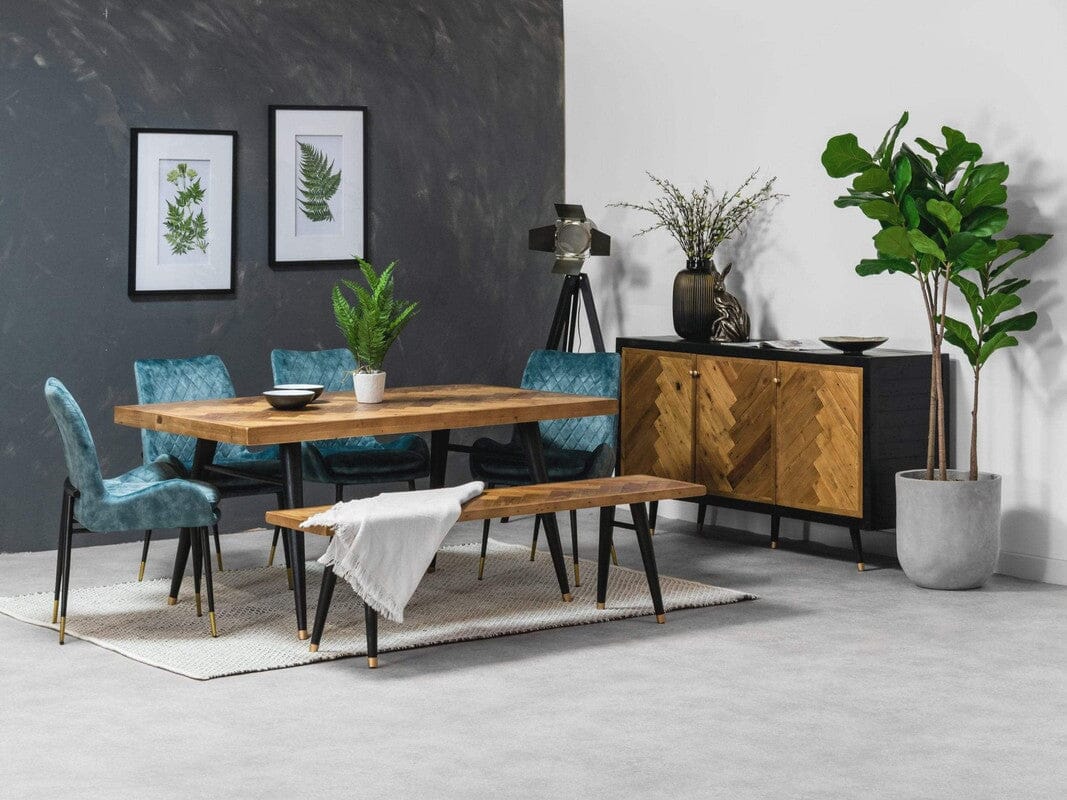
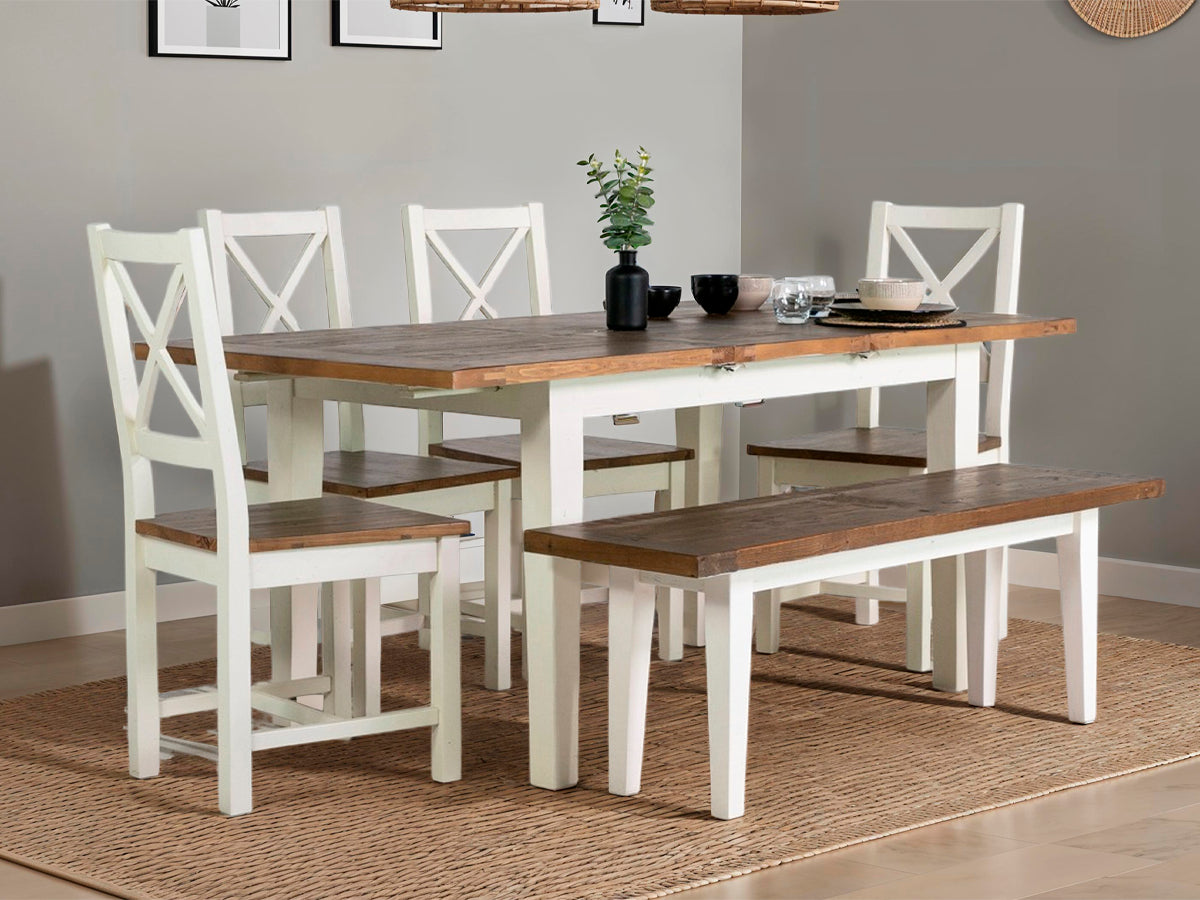
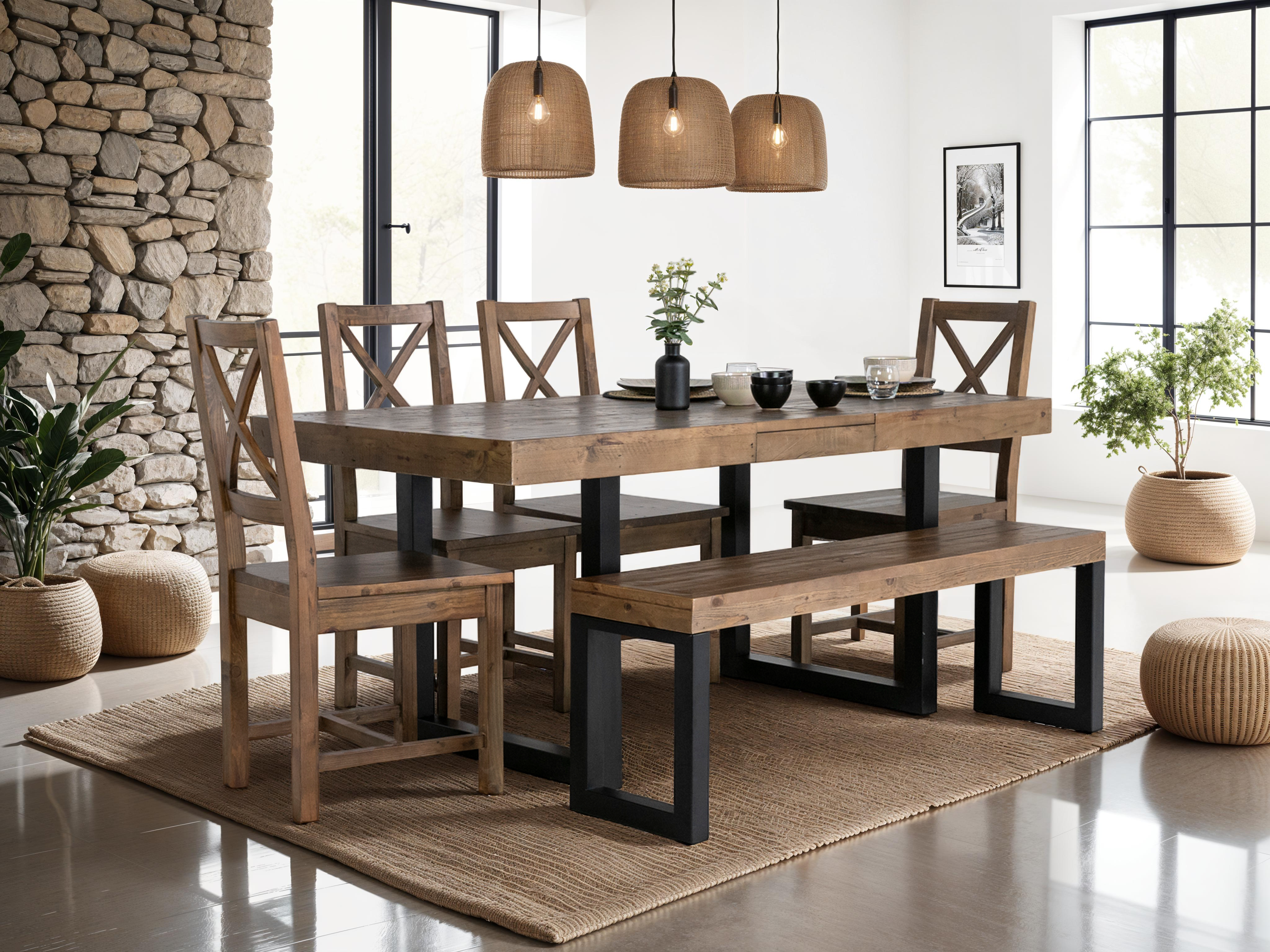
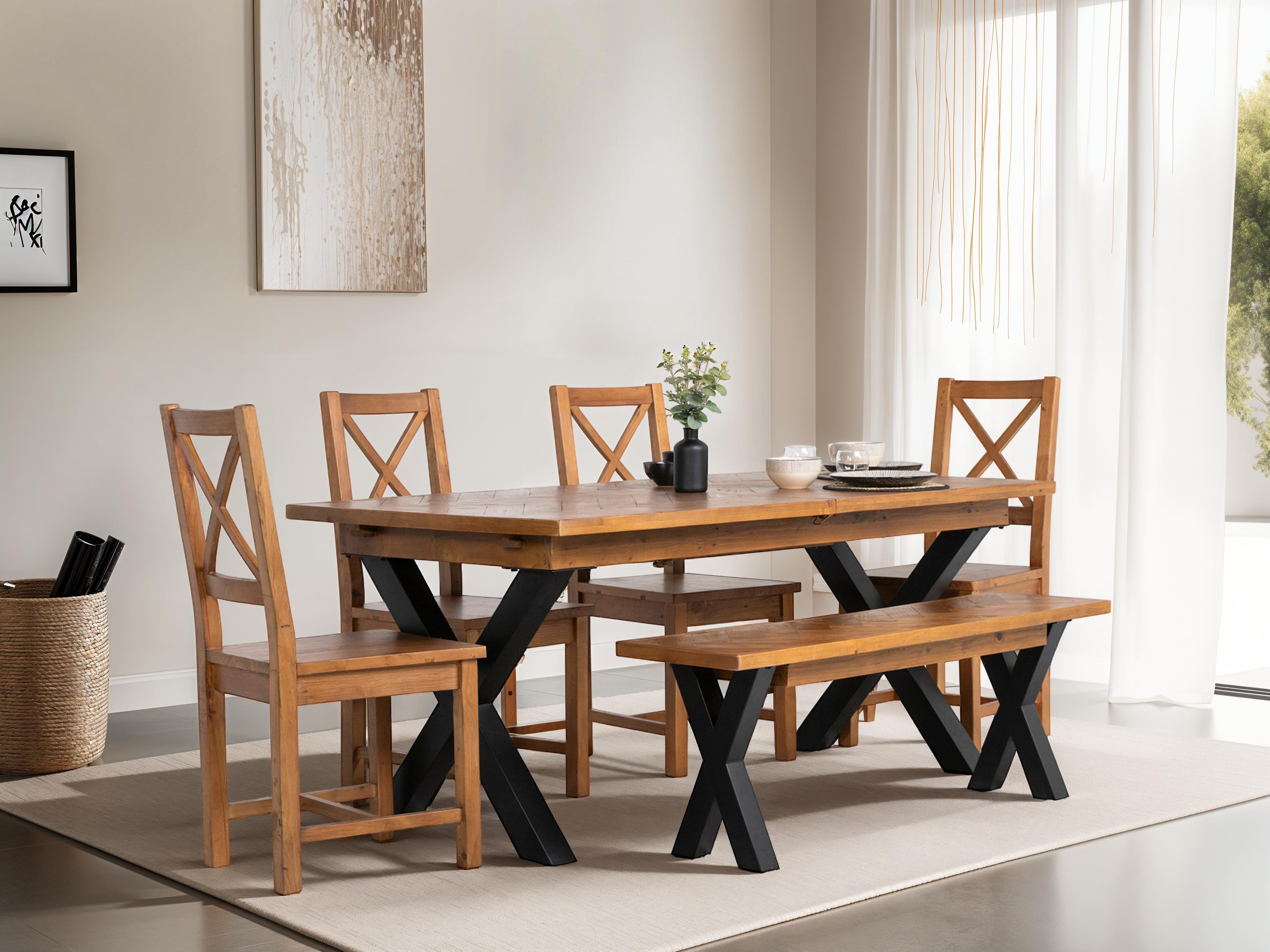
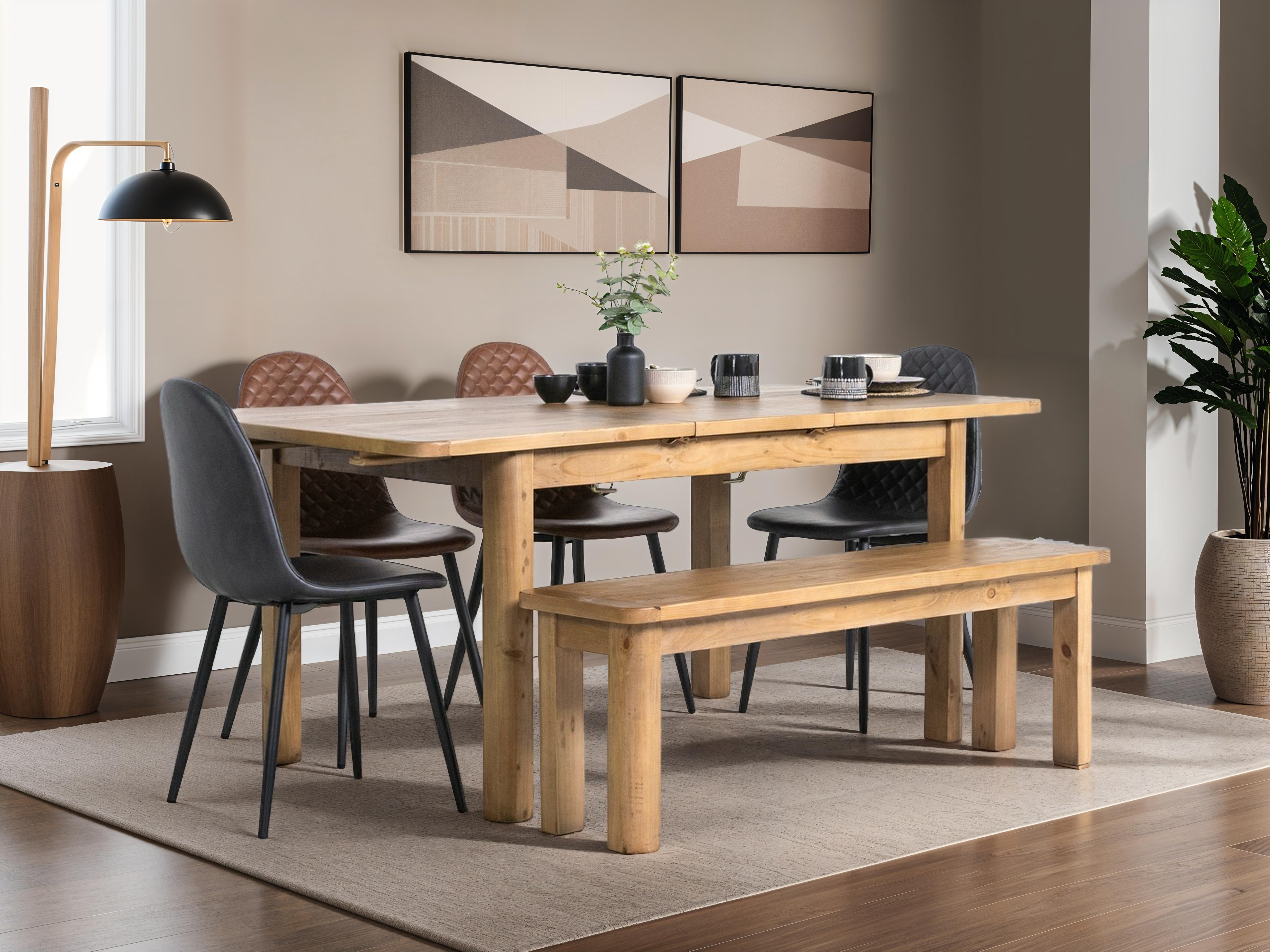
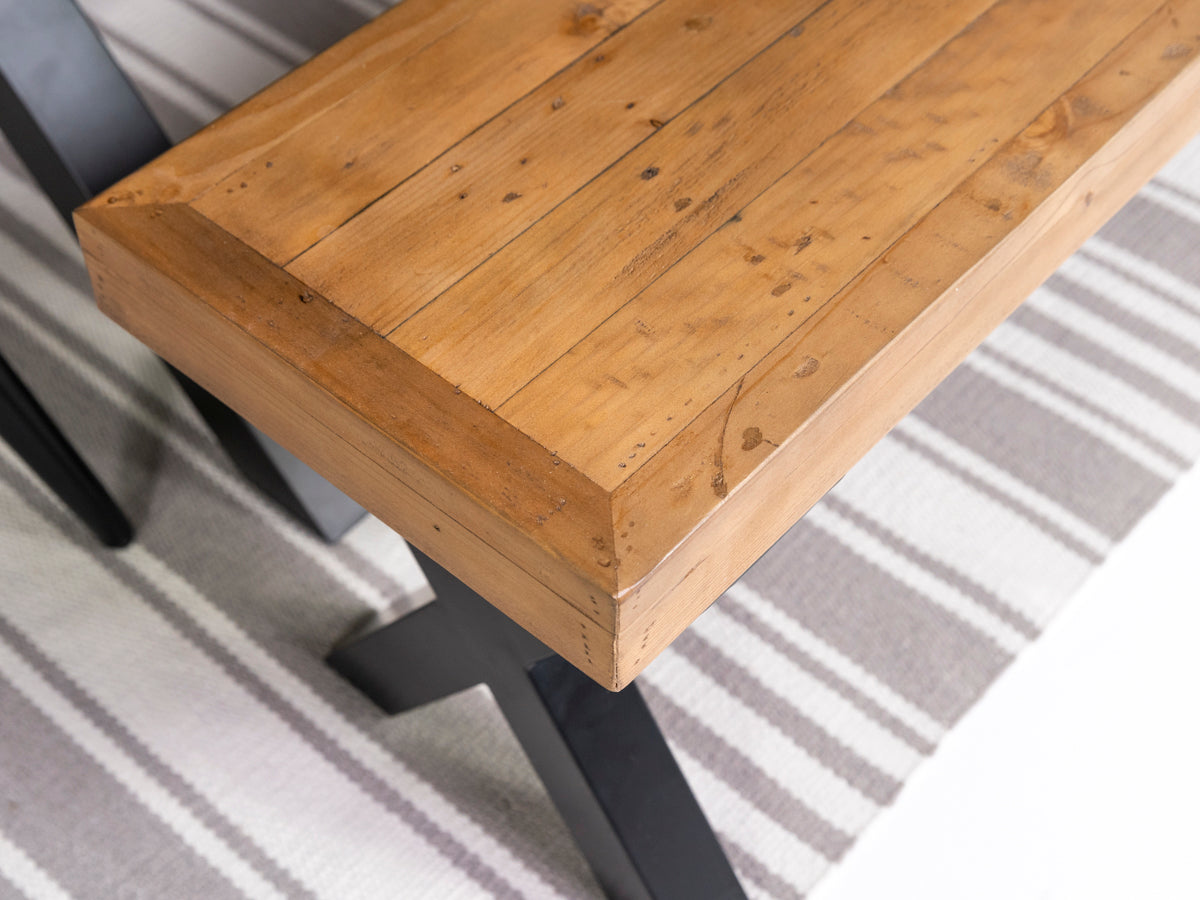
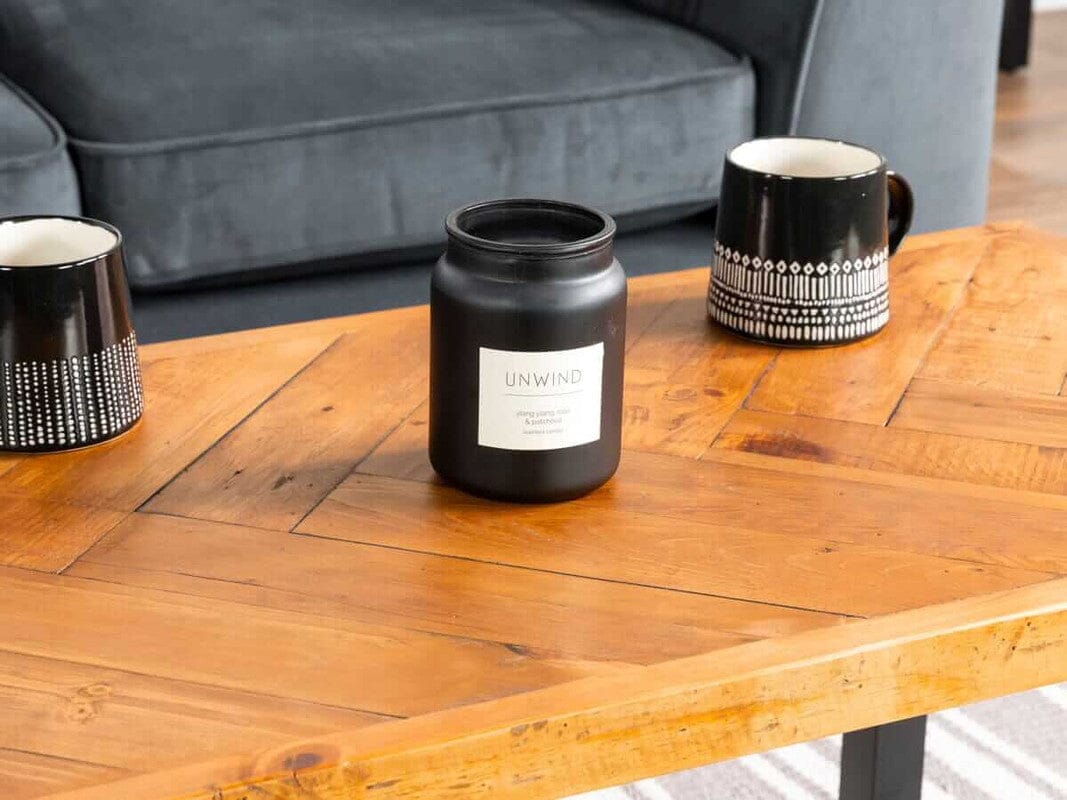

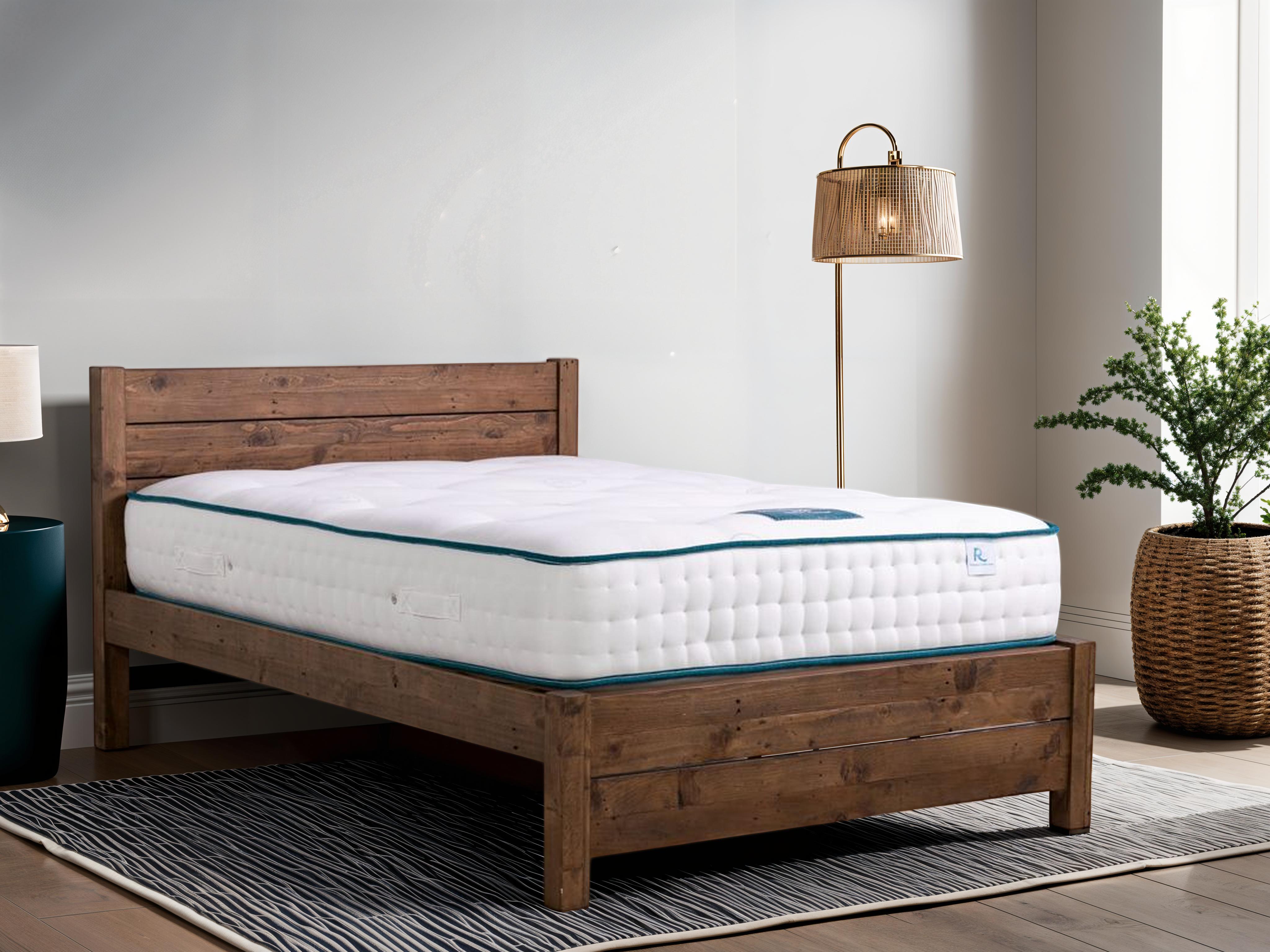
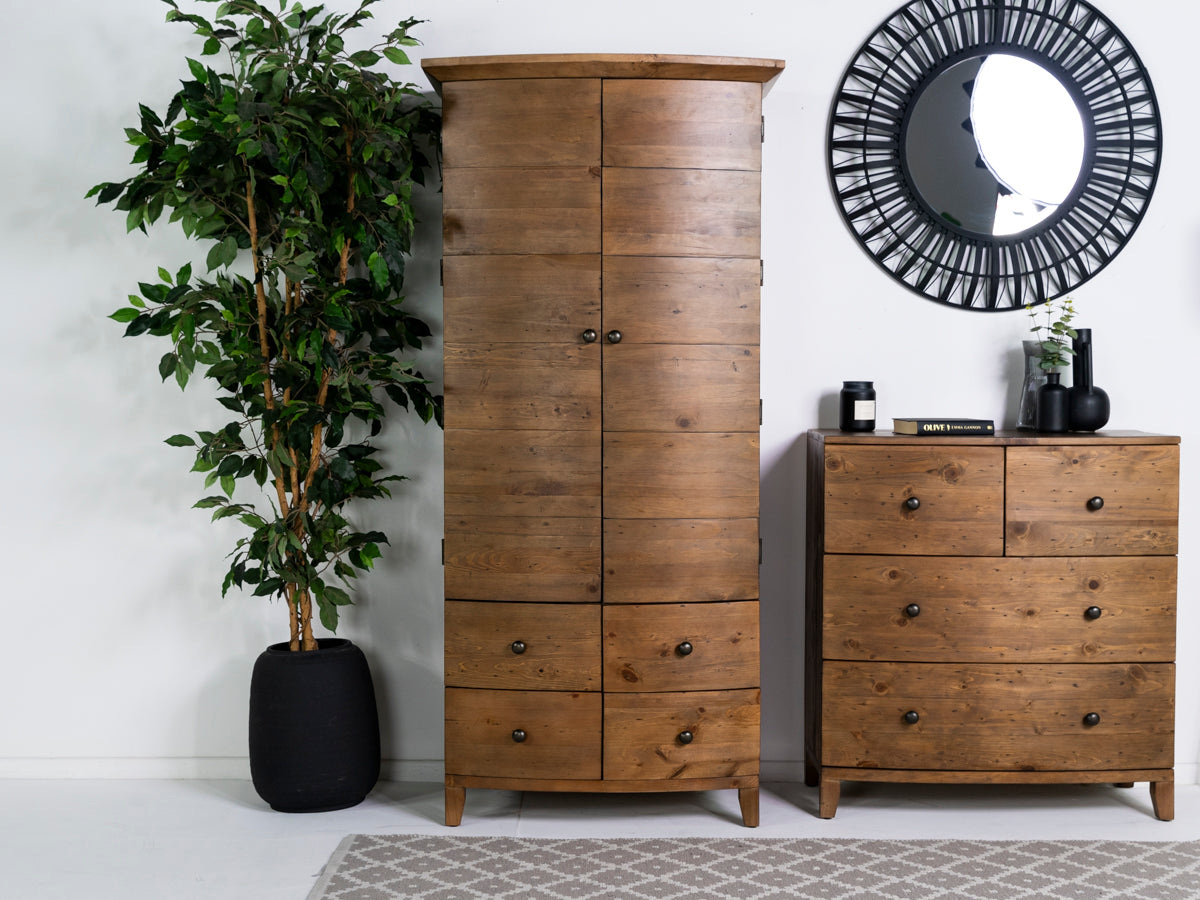
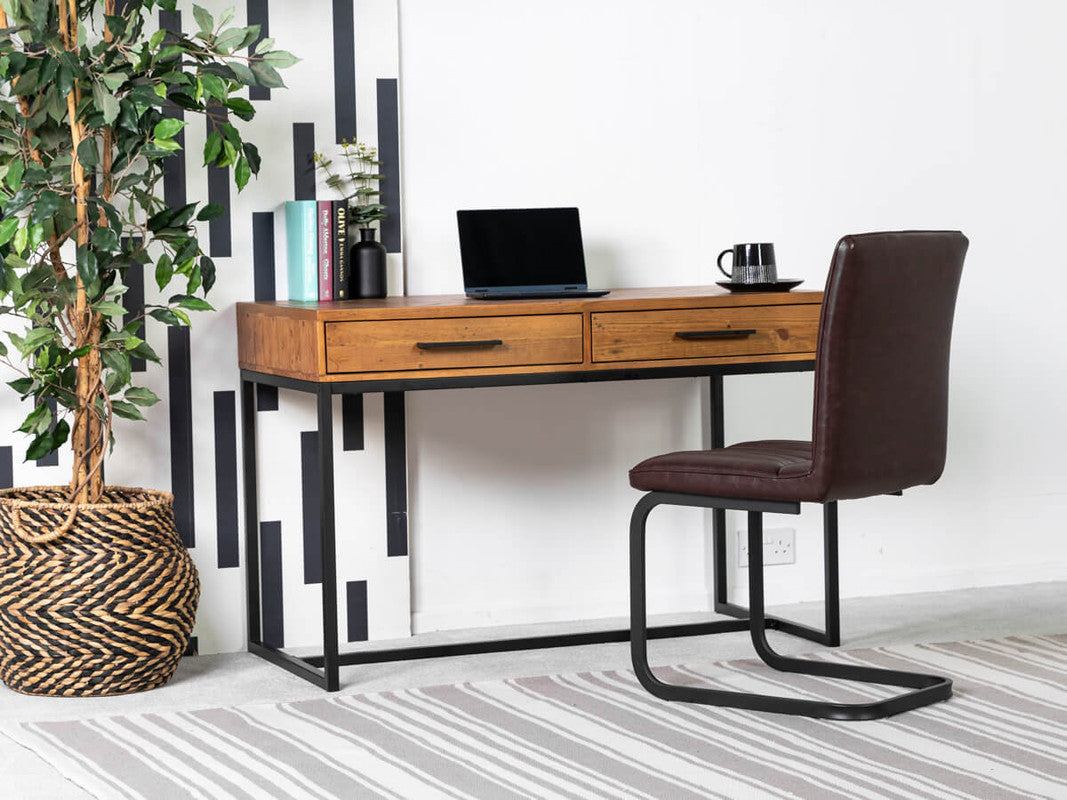
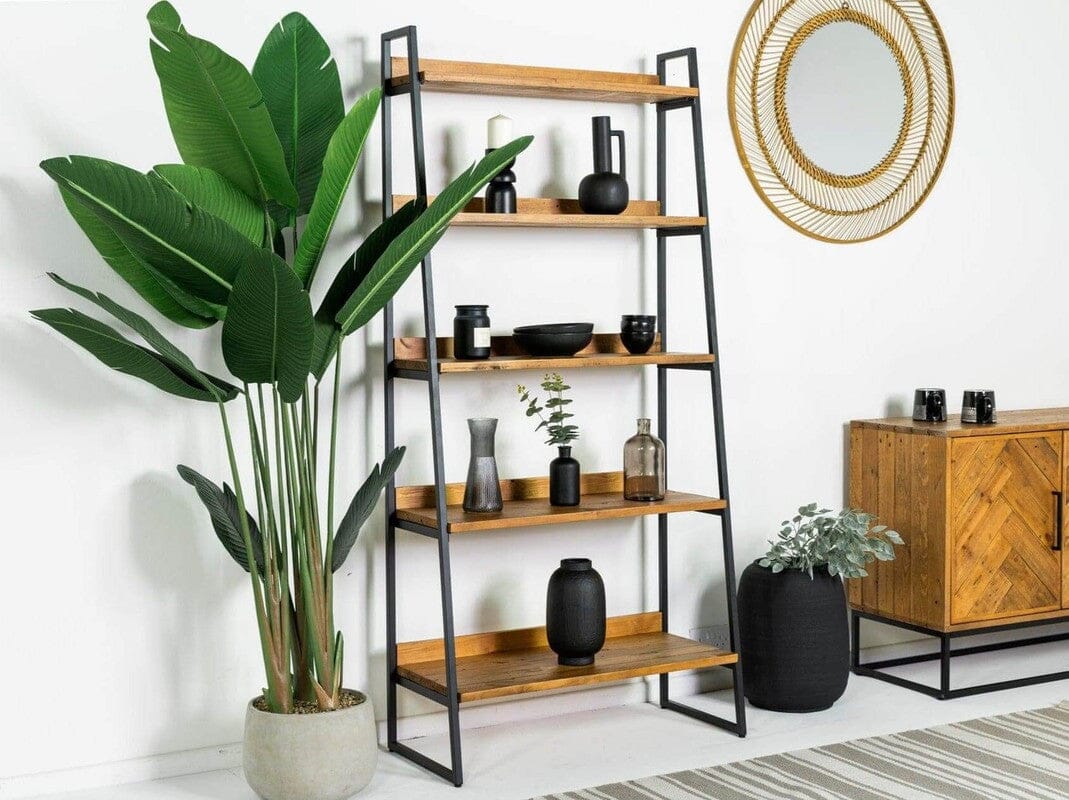
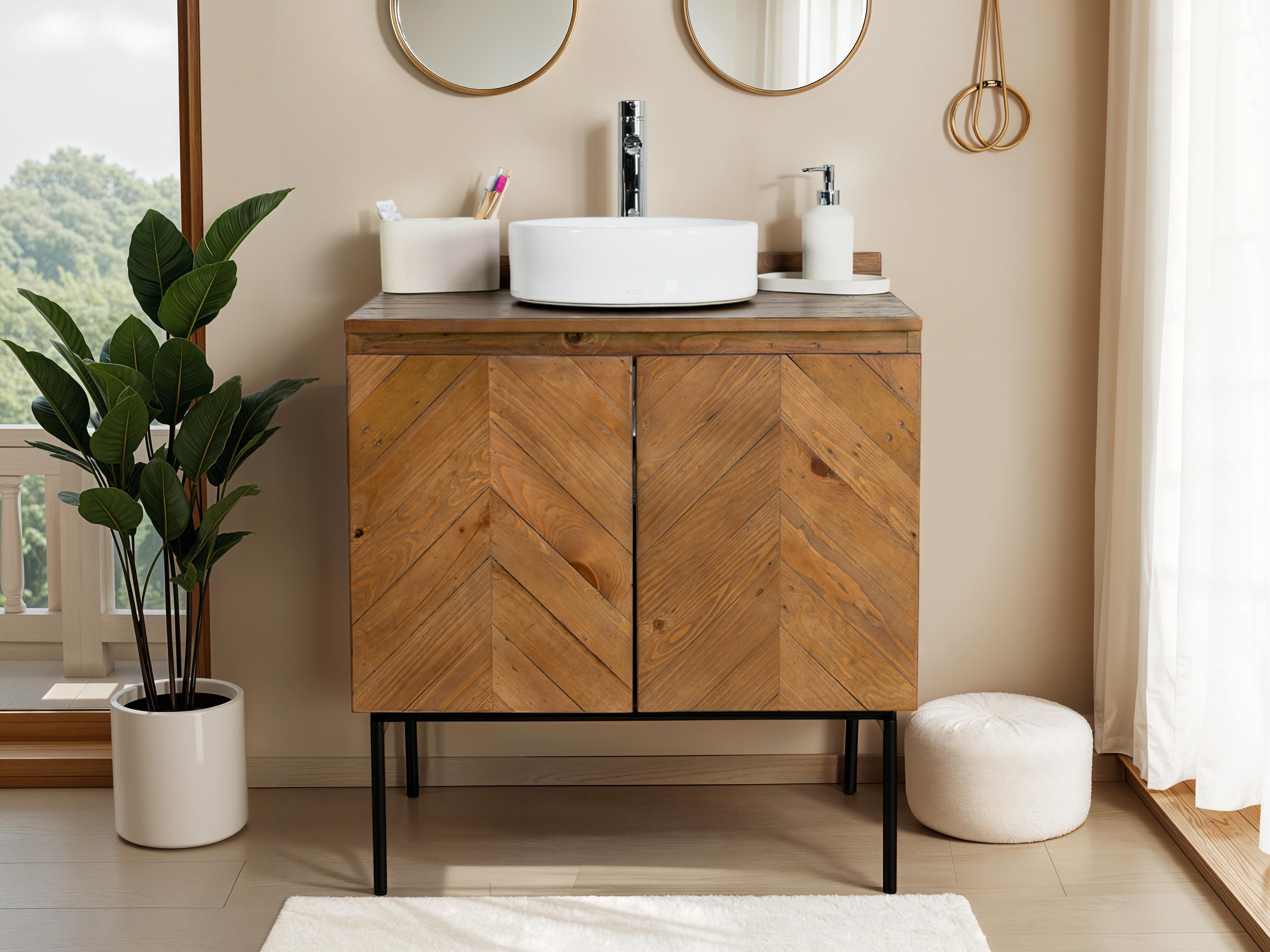
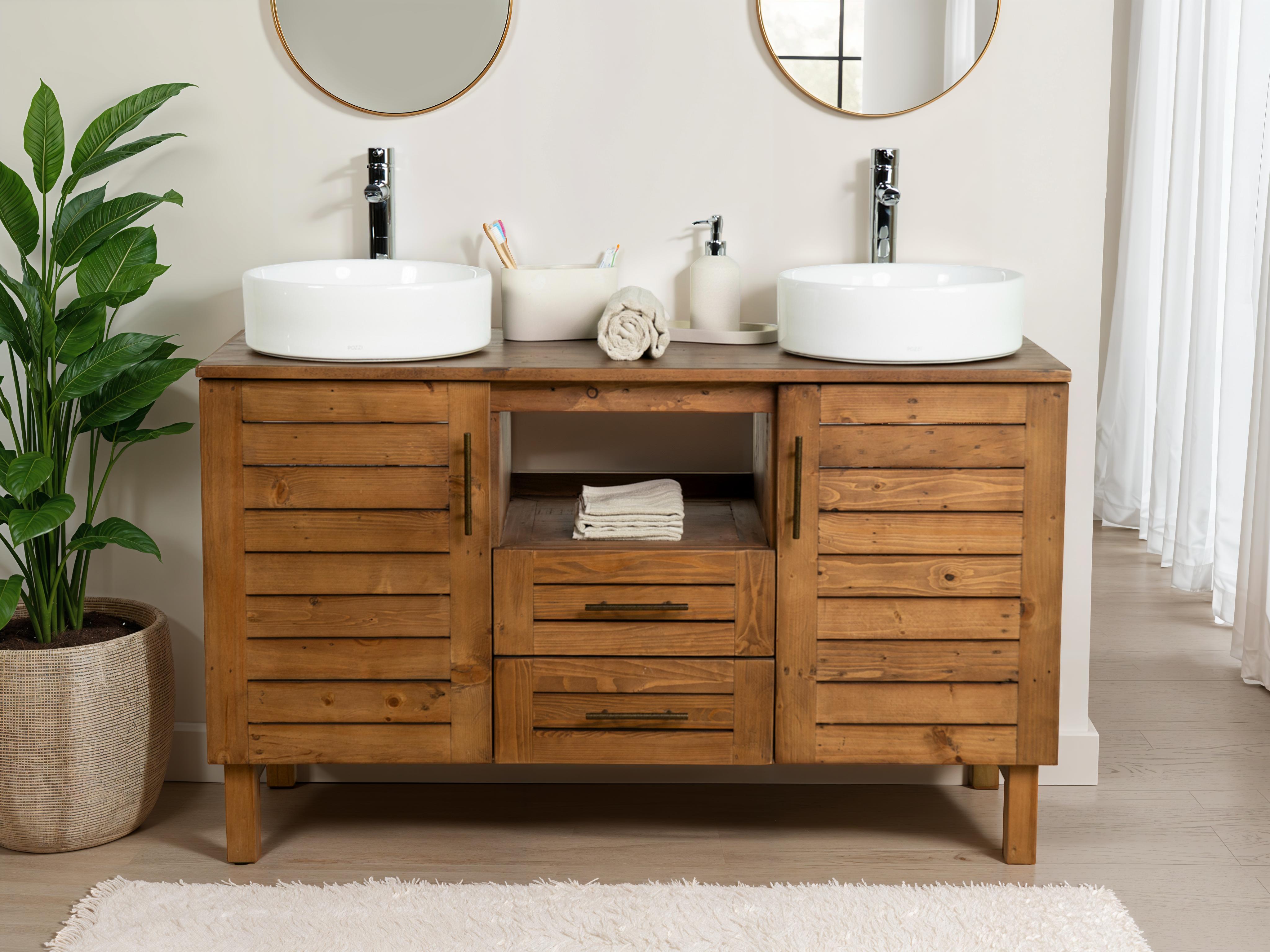
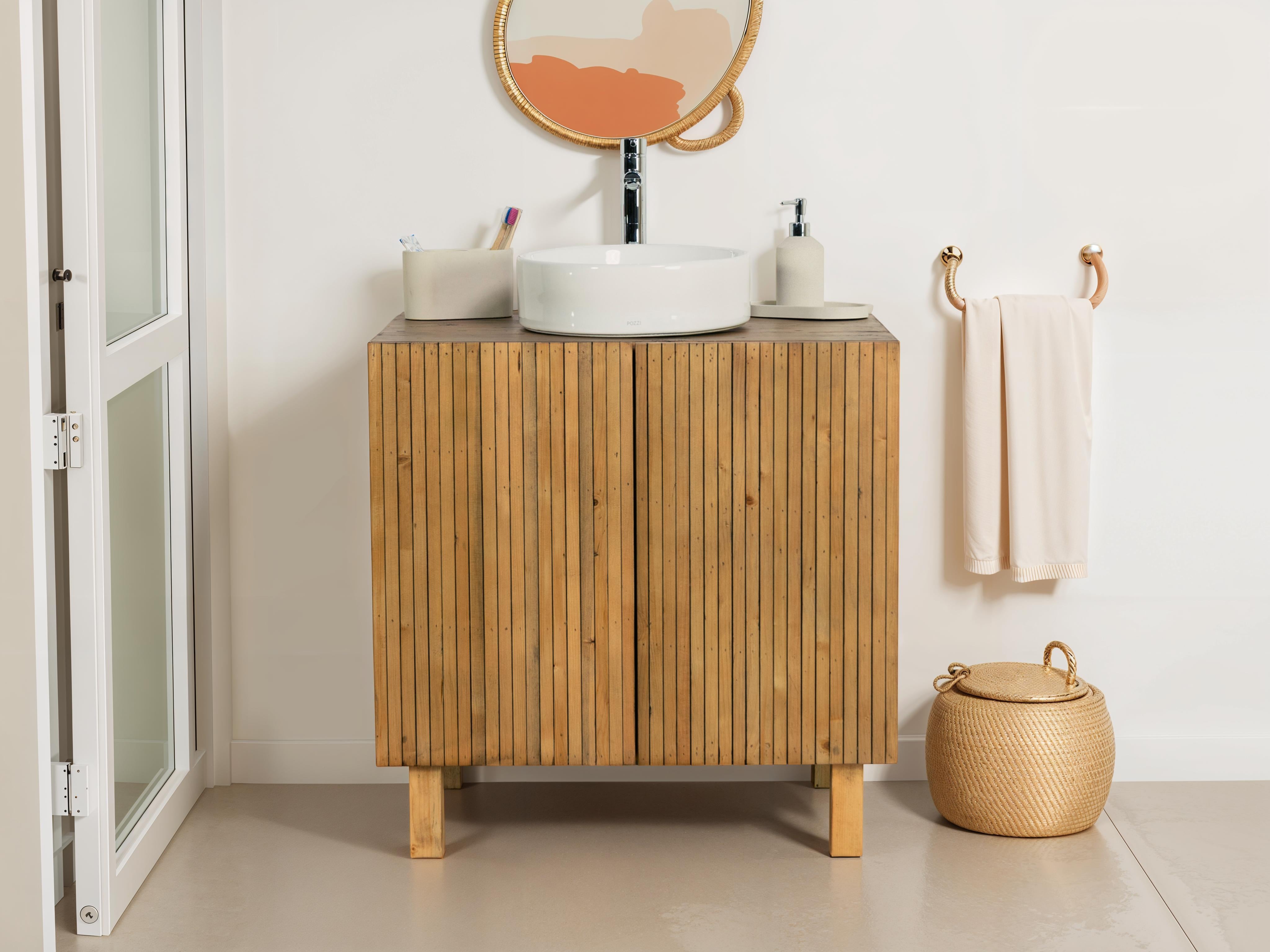

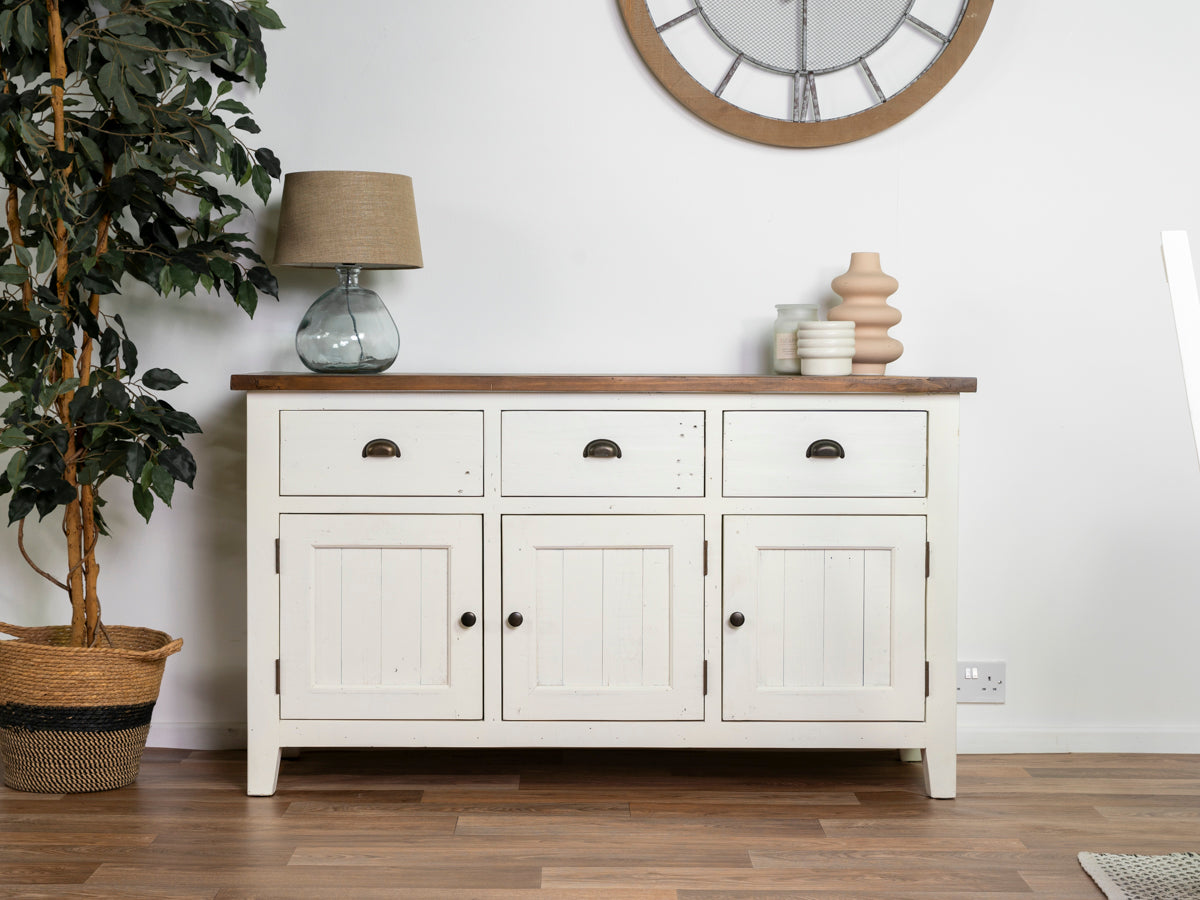
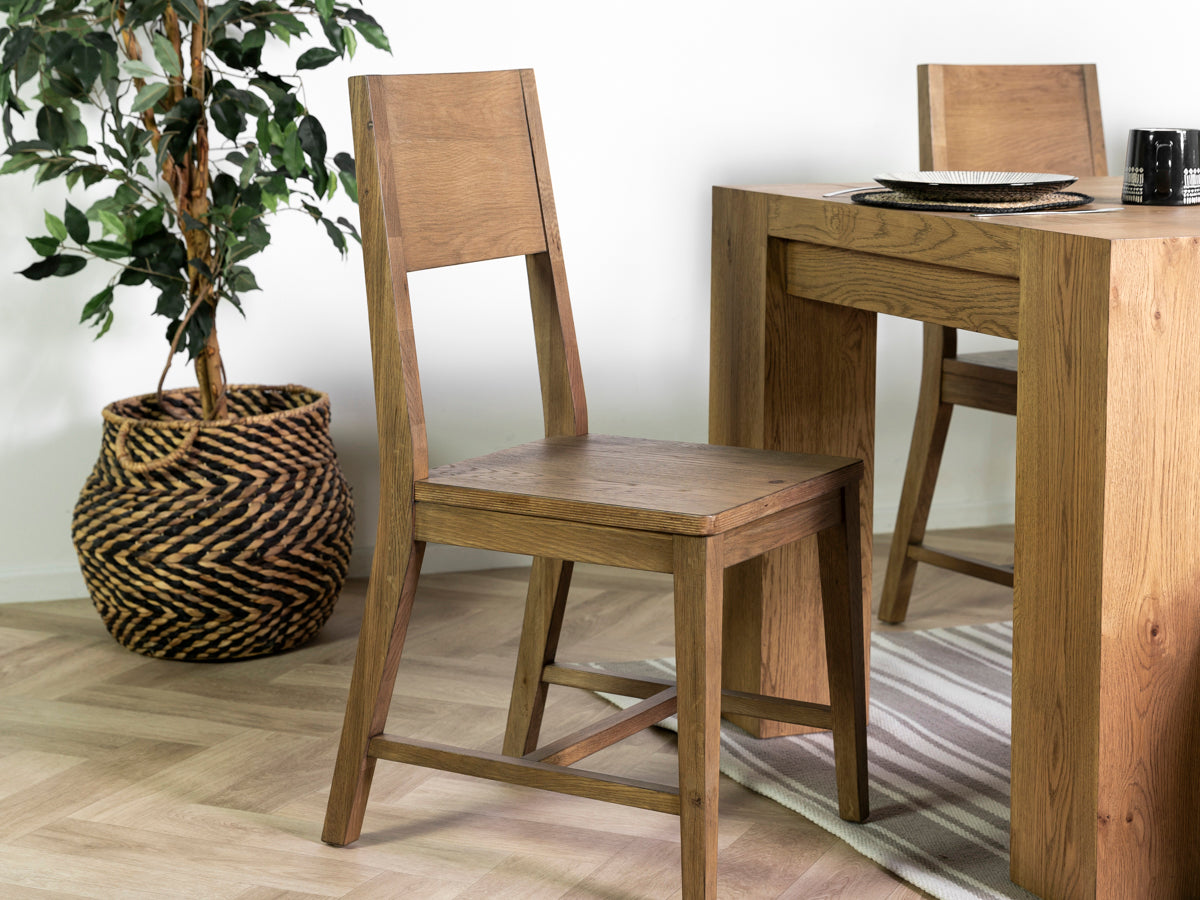
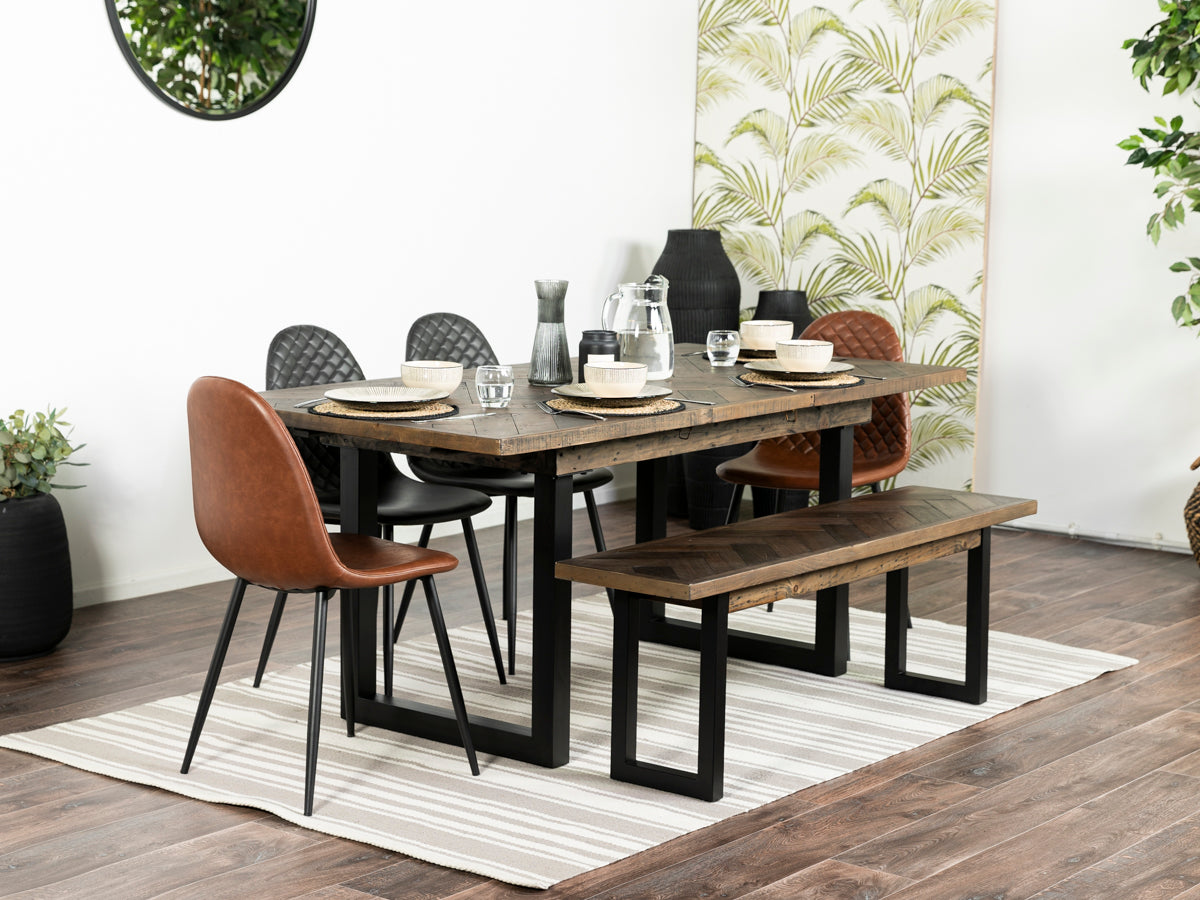
Leave a comment
This site is protected by hCaptcha and the hCaptcha Privacy Policy and Terms of Service apply.